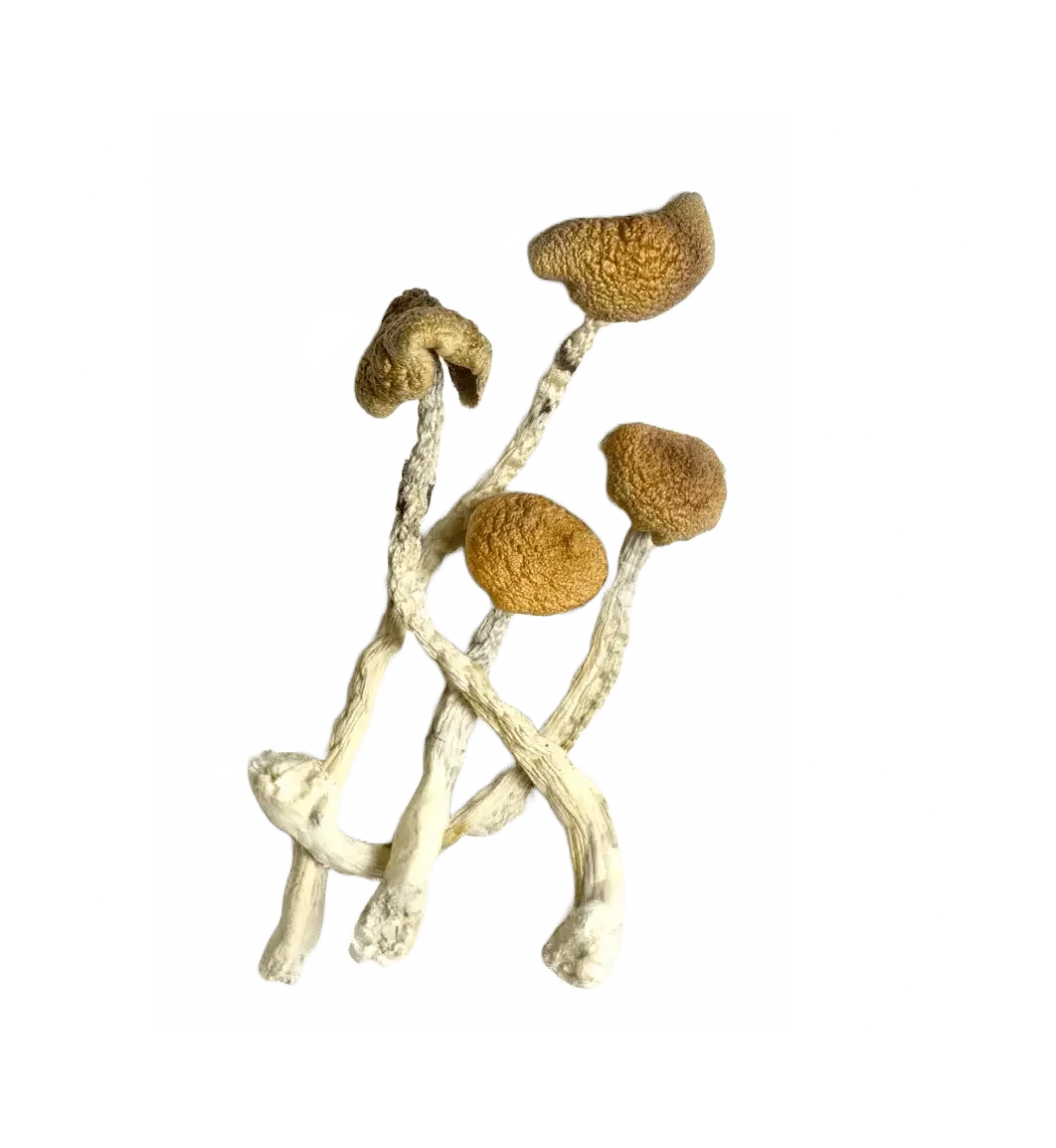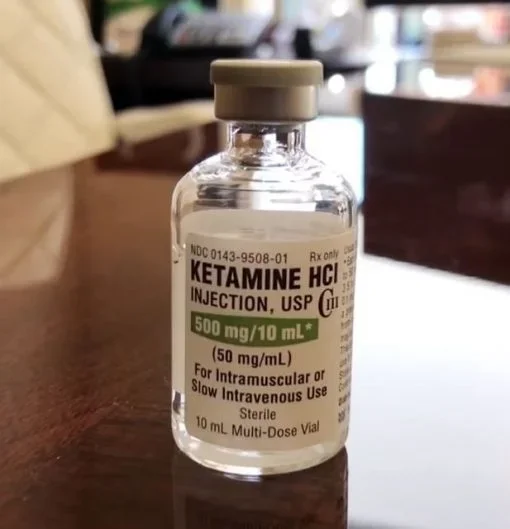
Different Types of Magic Mushrooms: A Quick Guide
Here are some of the most well-known types of magic mushrooms:
Psilocybe cubensis – The most common and widely available, often considered beginner-friendly.
Psilocybe semilanceata (Liberty Cap) – Small but potent, known for strong effects despite its size.
Psilocybe azurescens – One of the most powerful varieties, sometimes called “Flying Saucers.”
Psilocybe cyanescens (Wavy Caps) – Distinctive wavy cap edges with high potency.
Psilocybe mexicana – Historically significant; used in ancient rituals and one of the first species studied scientifically.
Buy Psychedelics Online: The Complete Guide
The phrase “buy psychedelics online” is searched thousands of times each month as interest in substances like psilocybin mushrooms, LSD, and MDMA continues to grow. With new research highlighting the potential benefits of psychedelics for mental health and personal development, it’s no surprise that more people are exploring their options. But can you really buy psychedelics online safely—or legally? Let’s break it down.
What do magic mushrooms do
Many people search “What do magic mushrooms do” when they first hear about psilocybin, the active compound in these fungi. Magic mushrooms affect the brain by altering serotonin levels, which can change perception, mood, and thought.
Here are some of the common effects people report:
Visual and sensory changes – Colors may seem brighter, and patterns can appear more vivid.
Emotional shifts – Users often feel heightened emotions, ranging from joy to introspection.
Altered sense of time and self – Hours may feel like minutes, and some people describe a sense of “ego dissolution.”
Spiritual or mystical experiences – Many cultures have traditionally used psilocybin mushrooms for rituals and healing.
So, what do magic mushrooms do? In short, they can profoundly shift the way you think and feel. While research shows potential benefits for conditions like depression and PTSD, magic mushrooms also carry risks if used without guidance or in unsafe environments.
Where do magic mushrooms grow?
A common question people ask is, “Where do magic mushrooms grow?” These fungi, which contain the psychedelic compound psilocybin, thrive in natural environments around the world.
Magic mushrooms typically grow in moist, humid climates. Many species are found in grassy areas, forests, or places rich in organic matter. Some common habitats include:
Fields and pastures – Often near animal dung, especially for species like Psilocybe cubensis.
Forests and woodlands – Mushrooms such as Psilocybe cyanescens prefer decaying wood and mulch.
Cool, damp grasslands – Psilocybe semilanceata (Liberty Caps) often appear after rainfall.
So, where do magic mushrooms grow? The answer is: almost everywhere, from North and South America to Europe, Asia, and beyond—usually in damp, nutrient-rich environments.
⚠️ Important note: Foraging can be dangerous. Many mushrooms look alike, and misidentification can be toxic. Research and medical studies on magic mushrooms are safer sources of insight than wild picking.


